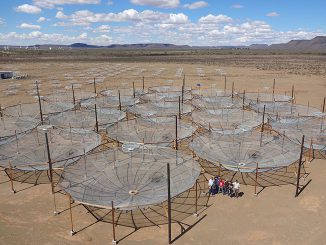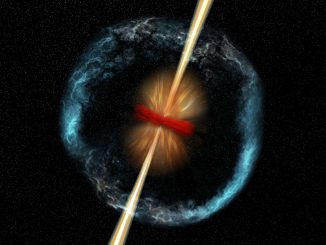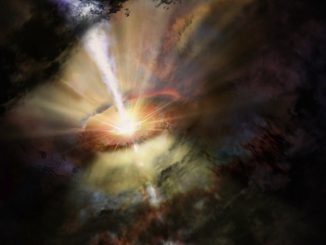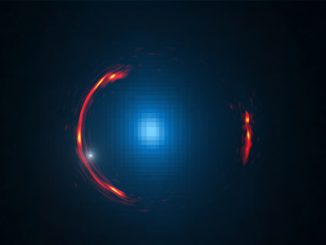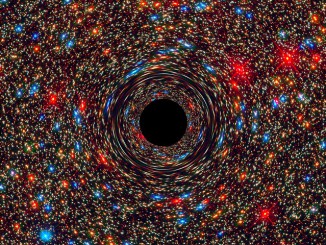
Are all stars created equal?
Astronomers have found the strongest evidence yet that the formation of massive stars follows a path similar to their lower-mass brethren — but on steroids! The new findings show that the episodic explosive outbursts within what are called accretion discs, known to occur during the formation of average mass stars like our Sun, also happen in the formation of much more massive stars.



